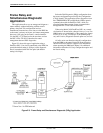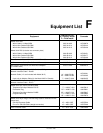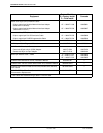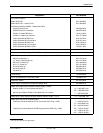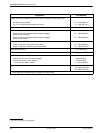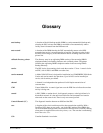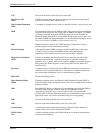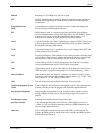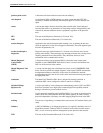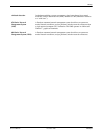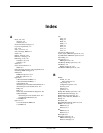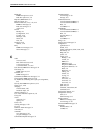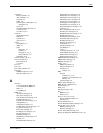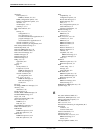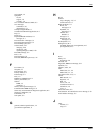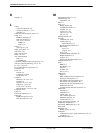
COMSPHERE DualFlow Data Service Units
Glossary-4 December 1996 3615-A2-GB20-20
point-to-point circuit A data network circuit with one control and one tributary.
rate adaption
Used when the DSU or DBM operates at a speed greater than the DTE. This
capability is enabled automatically when the port speed is set lower than the line
speed.
router
A device that makes decisions about the paths network traf
fic should take and
forwards that traffic to its destination. A router helps achieve interoperability and
connectivity between different vendor’s equipment, regardless of the protocols
used.
RTS The state of the Request-to-Send lead (V.24 circuit 105).
RXD
The state of the Received Data lead (V
.24 circuit 104).
session disruptive
Application data may be disrupted when running a test, or running the test may
cause the application session to be dropped or terminated. The result depends upon
the time-out parameters, etc.
session-nondisruptive
diagnostics
Diagnostic messages with a duration of .5 seconds or less that are sent over the
primary data channel. These messages may interrupt customer data, causing errors
requiring retransmission of data blocks. They should not, however
, cause
termination of the communication session.
Shared Diagnostic
Control Panel
(SDCP)
A feature that allows carrier-mounted DSUs to share the same control panel.
Installed on one COMSPHERE 3000 Series Carrier, it controls and monitors the
DSUs in all the carriers in the cabinet.
Shared Diagnostic Unit
(SDU)
A circuit card that plugs into a dedicated slot (slot 0) in the COMSPHERE 3000
Series Carrier to provide the shared diagnostic control panel (SDCP) and network
management interfaces to the DSUs in the carrier. It translates the network
management protocol to the devices in the carrier and routes incoming messages to
the appropriate slots.
standalone The Model 3615 DualFlow DSU that is designed for desktop operation. A
standalone DSU can be configured as either a control or a tributary.
Switched 56 kbps
digital service
A service provided by local exchange and interexchange carriers (LECs and IECs)
that allow customers to use high-speed switched digital data capability without
having to subscribe to private network services.
Switched mode Used in networks containing only DualFlow DSUs, it is a mode of operation using
control mode idle (CMI) and data mode idle (DMI) signaling in order to ensure
protocol independence of primary data while trapping diagnostic data in the DSU.
training The process of negotiating a communication rate between V.32 modems during call
setup.
tributary
A DSU or DBM that is, for diagnostic purposes, at a logically subsidiary level in a
hierarchical network. Tributary DSUs in a network receive data from the control
DSU, as well as from any network management system present in the network.
TXD The state of the Transmitted Data lead (V.24 circuit 103).



